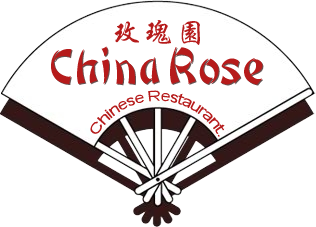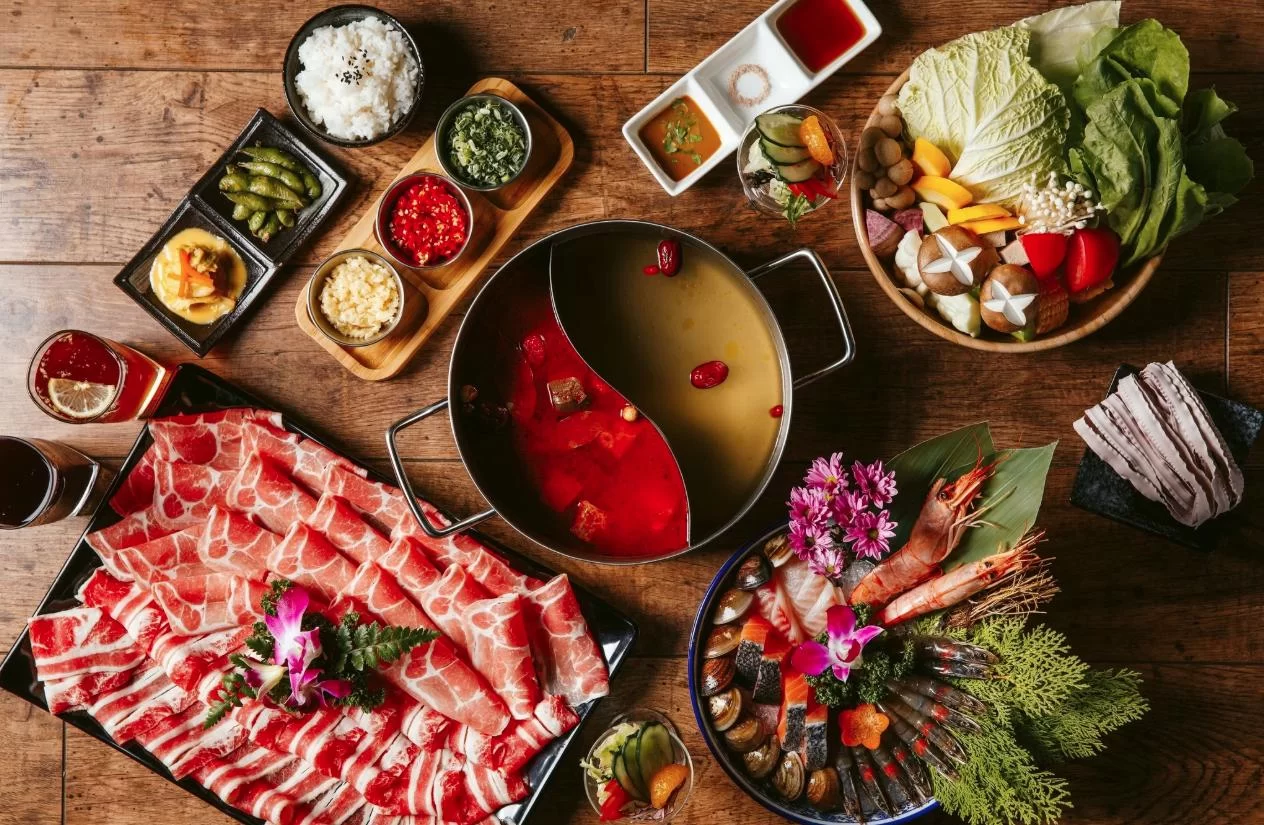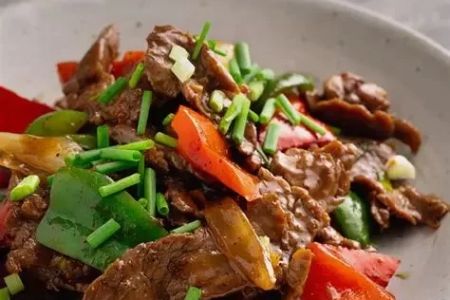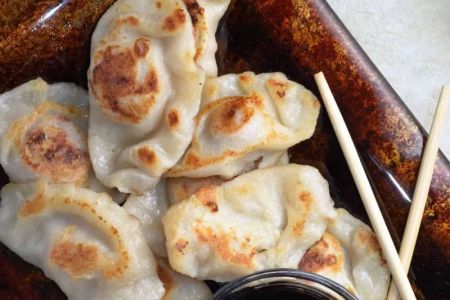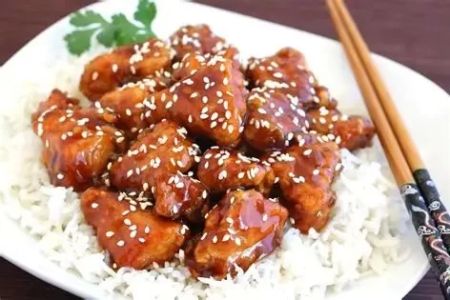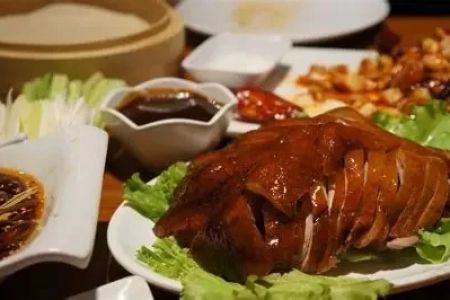- 1 - Origins of Chinese-American Cuisine
- 2 - Fusion of Flavors: East Meets West
- 3 - Iconic Dishes That Define Chinese-American Food
- 4 - Cultural Adaptations and Culinary Identity
- 5 - Modern Trends in Chinese-American Cuisine
- 6 - Case Studies and Popular Stories
- 7 - Final Thoughts on the Culinary Journey
1. Origins of Chinese-American Cuisine
The story of Chinese-American cuisine begins in the mid-19th century, when Chinese immigrants arrived in the United States, particularly during the California Gold Rush. Many of these immigrants came from Guangdong province, bringing with them cooking techniques and ingredients that were familiar at home. However, due to limited access to authentic Chinese ingredients in America, chefs adapted by using local produce and meats. This led to the birth of a new kind of food culture, one that preserved the essence of Chinese cooking but adjusted it to American tastes and availability. The result was a cuisine that is at once familiar to Americans but also distinctively rooted in Chinese tradition.
2. Fusion of Flavors: East Meets West
What makes Chinese-American cuisine unique is its fusion of flavors. Traditional Chinese dishes emphasize balance—sweet, sour, salty, bitter, and umami. When these principles met American preferences for bold, hearty flavors, dishes transformed. For example, stir-frying—a traditional technique—was adapted to create dishes like beef with broccoli, where the vegetable substitution was due to availability. Soy sauce became a staple, but sugar was often added in larger quantities to suit the American palate. This blending of flavor profiles demonstrates how culinary traditions can merge to form something entirely new, a process that continues to shape the way Americans experience Chinese food today.
3. Iconic Dishes That Define Chinese-American Food
Some of the most popular dishes in the U.S. today are products of Chinese-American innovation. General Tso’s chicken, for example, is virtually unknown in China but has become a favorite across America for its sweet and spicy glaze. Chop suey, often cited as one of the earliest examples of this culinary fusion, combines meat, vegetables, and a thick sauce in a way that appeals to Western tastes. Egg rolls, fortune cookies, and orange chicken are further examples of dishes that symbolize the creativity and adaptability of Chinese-American cuisine. Each of these items tells a story of blending cultures, reflecting both necessity and invention.
4. Cultural Adaptations and Culinary Identity
Chinese-American cuisine is more than just food—it’s a cultural adaptation. Restaurants often became hubs for immigrant families to earn a living while simultaneously introducing Chinese flavors to the broader American public. Over time, these restaurants began tailoring menus to fit mainstream preferences, emphasizing fried items, sweet sauces, and generous portions. This adaptation helped Chinese food gain mass popularity, but it also created debates within the community about authenticity. The cuisine, therefore, embodies both a cultural compromise and a proud identity, representing the resilience and ingenuity of Chinese immigrants in America.
5. Modern Trends in Chinese-American Cuisine
Today, Chinese-American cuisine is evolving once again. With globalization and easier access to authentic ingredients, many chefs are reintroducing traditional flavors while still keeping the fusion spirit alive. Farm-to-table Chinese-American restaurants are experimenting with organic produce, while celebrity chefs are showcasing regional Chinese dishes alongside familiar classics. There is also a growing movement to educate diners about the historical and cultural significance behind these dishes. For instance, more restaurants now highlight Sichuan or Hunan-inspired dishes, showing the complexity of Chinese food beyond the Americanized versions. At the same time, staples like General Tso’s chicken remain beloved, proving that fusion dishes have carved out a permanent place in American culinary culture.
6. Case Studies and Popular Stories
A famous example of Chinese-American culinary storytelling comes from New York City’s Chinatown. Family-run restaurants there not only serve food but also preserve immigrant history. Many second-generation chefs are reclaiming traditional recipes while honoring the legacy of dishes their parents popularized. Another case is the rise of Panda Express, a fast-casual chain that has taken dishes like orange chicken to nationwide fame. These examples highlight how Chinese-American cuisine operates at multiple levels: from small community-based eateries to national chains that shape mainstream perceptions of Chinese food. Stories like these show how a culinary journey can be both personal and universal, reflecting changing tastes while preserving roots.
7. Final Thoughts on the Culinary Journey
Exploring the fusion of flavors in Chinese-American cuisine reveals more than just recipes—it reveals history, adaptation, and cultural dialogue. From its origins in immigrant communities to its place in today’s global food scene, this cuisine represents resilience and creativity. For diners, it’s not just about enjoying General Tso’s chicken or egg rolls; it’s about appreciating the story of how these dishes came to be. Chinese-American cuisine is a testament to how food evolves when cultures meet, and it continues to redefine itself with every generation. If you want to experience this culinary journey more deeply, visiting Chinese Food can provide not only authentic flavors but also insights into the fusion that has shaped one of America’s most beloved food traditions.
